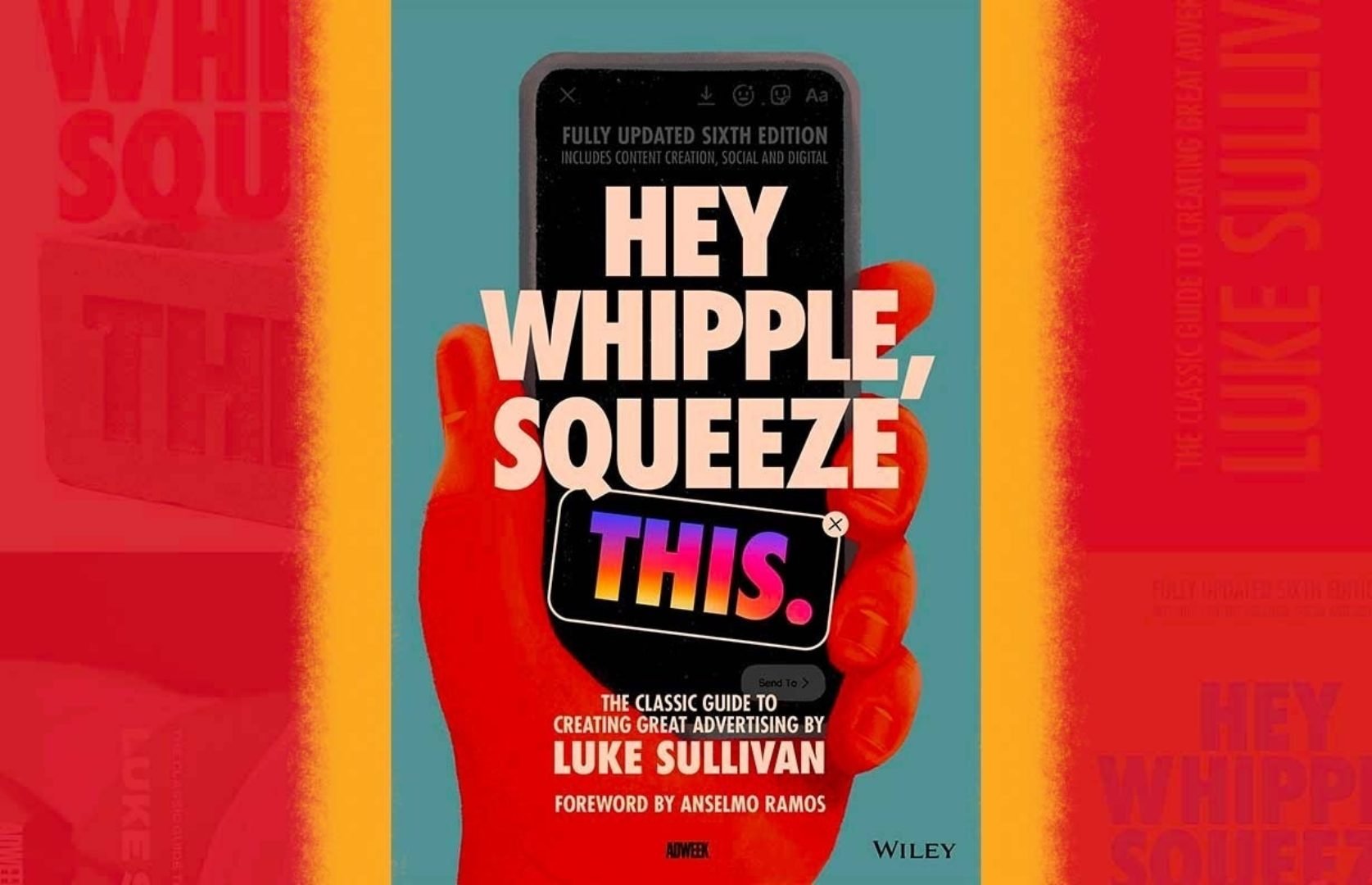Reimagining “Hey Whipple, Squeeze This” For The Digital Era
Illustration by Will Maynard
Featuring art by Senior Art Director Rushil Nadkarni
For people in the advertising world, the book “Hey Whipple, Squeeze This” is a little like “The Elements of Style” and “Moby Dick” combined — a book revered for both its timeless instruction and its seminal influence on the landscape.
This is why Martin Agency Senior Art Director Rushil Nadkarni was ecstatic when the book’s author, Luke Sullivan, asked him to design the sixth and latest edition’s cover, which was just released (and was listed as the number-one new release in Amazon’s Advertising section on launch day).
“For the last 20, 25 years, that book has literally been called the Bible of advertising. Some people think of it as, straight up, don’t go to ad school — just read that book,” says Nadkarni. “Designing the cover is the biggest honor. I would say it’s bigger than getting a Cannes Gold Lion.”
“Hey, Whipple” teaches readers how to navigate the ad industry, build captivating campaigns and prioritize authenticity, storytelling and innovation in advertising — all delivered via Sullivan’s witty, irreverent humor. The title is a nod to Mr. George Whipple, a fictional character from vintage Charmin spots who constantly implores customers not to squeeze the toilet paper (Spoiler alert: Sullivan really hates Mr. Whipple, aka “a shitty old campaign that sold toilet paper,” as he calls it).
Since Sullivan published the first edition in 1998, it’s been printed in several languages, including Polish, Mandarin and Turkish. Each edition has included new information on the advertising industry as it develops. GUT co-founder Anselmo Ramos wrote the foreword for the latest, and Sullivan is including new sections on digital content and social media developments and their influences on advertising.
The book is based on Sullivan’s 30-plus years of experience as a creative director and copywriter at agencies like GSD&M, WestWayne, Fallon and Martin. Sullivan spent the last decade as the Chair of the Advertising Department at the Savannah College of Art and Design and has been named one of the 15 Most Important Marketing Strategy Thinkers by Business Insider.
Nadkarni was Sullivan’s student at SCAD and credited the “Hey, Whipple” author as one of the reasons he chose the school. “This guy means a lot to me,” says Nadkarni. “The two-and-a-half years that I was studying under him at SCAD — my life is a ‘before’ and ‘after’ that.” (And, yes, Sullivan may have had a little influence over Nadkarni’s decision to work at Martin.)
Bringing Advertising Into Publishing
It likely comes as little surprise that an art director and copywriter approached designing a book cover the same way they would an ad campaign.
“I look at this as outdoor [advertising],” says Sullivan — a cover needs to quickly convey its message in an effective and arresting way. Only instead of using a billboard to grab the attention of someone barreling down I-95, Sullivan and Nadkarni’s design needed to capture the eye of a person walking the aisles of Barnes & Noble or scrolling through Amazon.
And Nadkarni wanted the cover to appeal to young students by emphasizing its new digitally focused chapters via a bright, aesthetic design evocative of social media. Thanks to Instagram and TikTok, he points out, people often buy books solely based on how they’ll look on their shelves: “We live in a completely visual, superficial world. If it doesn't look great, you're not going to look at it.”
For six months, Nadkarni and Sullivan worked together to develop the cover and illustrations for the chapter heads. Nadkarni created about 20-to-30 cover designs, and they finally narrowed it down to a few favorites.
While Sullivan now regards the designs of some of his former covers with regret (”Looking back, I don't know how the hell I let the fifth edition cover go out like that,” he says), there were some elements of the forebears he liked — mainly the typography of the third iteration and the orange details of the fifth edition.

The third edition of "Hey, Whipple."

The fifth edition of "Hey, Whipple."
Nadkarni wanted to incorporate those aspects as homages. Some of his initial designs were typography-centric, with the “This” transcribed on toilet paper as a nod to Mr. Whipple. Others emphasized the self-contained and virtual world we inhabited during Covid, with Mr. Whipple and Sullivan on a Zoom call or the “This” written across a face mask. Those were ultimately vetoed because Sullivan didn’t want the cover to be defined by the pandemic era. And another option portraying the book as being laid out in Photoshop was also ultimately nixed, too — the duo didn’t want it to only speak to creatives.

One of Nadkarni's initial designs for the sixth edition.

Nadkarni and Sullivan vetoed this design because they didn't want the book to be forever tied to Covid.

The duo also decided against this design because they didn't want the Photoshop layout to make the book appear as if it was just for designers.
The two eventually decided to feature someone holding an iPhone with the book’s name on the screen. After a bit of tinkering — they reworked the display and color of the hand and the text’s sizing — they landed on their final design.
“I like the simplicity and power of the image,” Sullivan says of the final cover. The iPhone illustration simultaneously embodies the book’s new digital focus and serves as a space for the typography to live, cutting down the design elements and making it easier to catch peoples’ attention quickly.
And as with any great piece of advertising, the new cover is full of Easter eggs. The color of the “This” is a nod to the Instagram logo. At the same time, its tilted axis serves as a “typographical middle finger,” says Sullivan, and the cartoon hand references the book’s levity.
The parallels between creating a book cover and an advertising campaign extend beyond conceptualizing the design elements, says Nadkarni. Working with a publisher is a lot like working with clients: “It blows their mind and causes cognitive dissonance when you bring something new to their table that they haven't been doing,” he says of introducing creative ideas. “You keep subtly and politely pushing it, pushing it, pushing it until they just get tired. They're like, ‘Fine, whatever, we will do it.’”
However, Nadkarni and Sullivan needed to get everything just right — Sullivan envisions this being the last edition of “Hey, Whipple.”
It’s humbling to know his design will likely be the definitive cover, says Nadkarni. “It’s just like coming full circle for me. The person that inspired [me] the most — this is his legacy,” he says. ”This book is going to be sitting on shelves for the rest of time.”
Ever the quippy copywriter, Sullivan couldn’t let that comment go without a cheeky reply: ”Maybe until the zombie apocalypse.”


